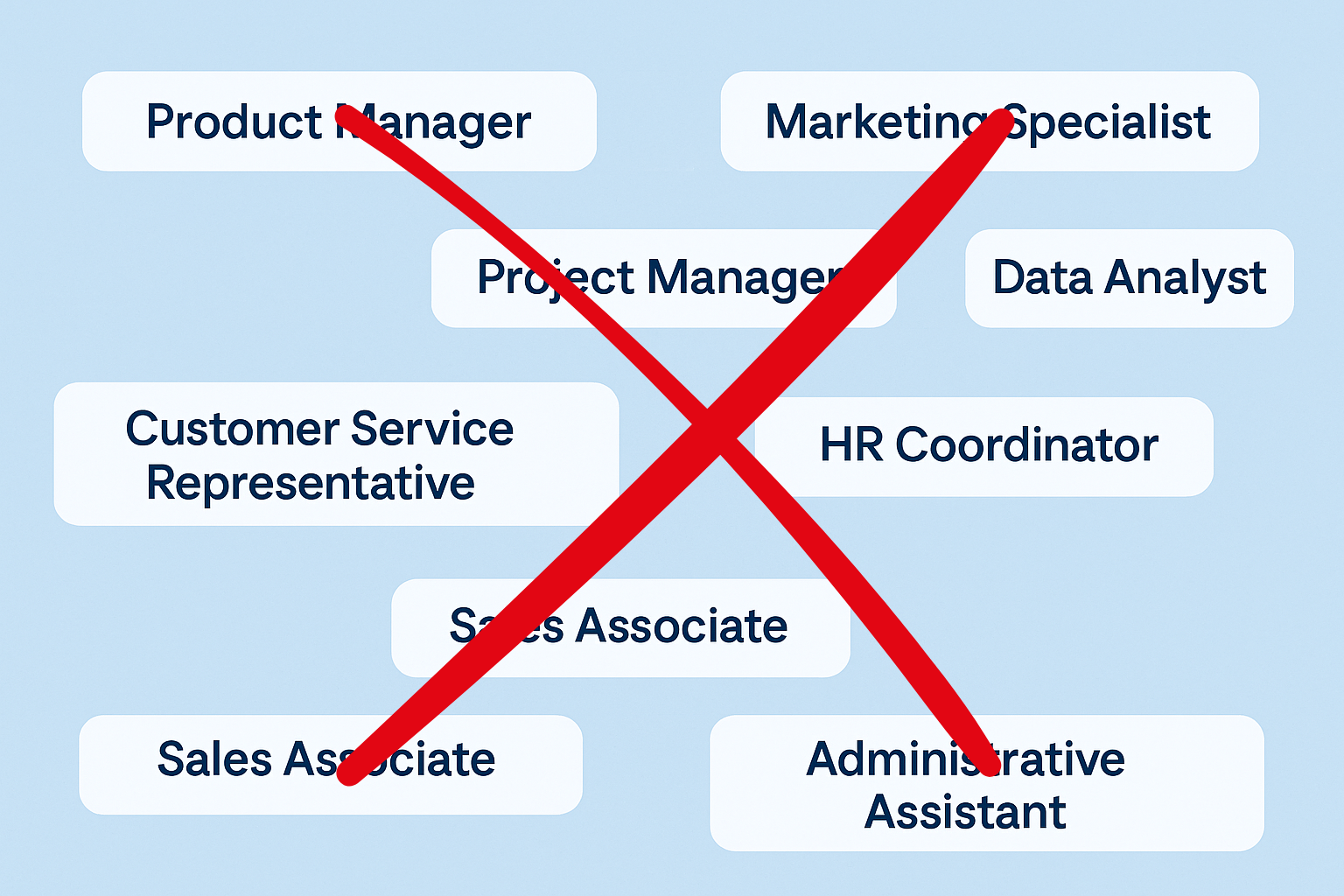This week brought a plot twist. The U.S. administration formally stepped back from defending the 2024 FTC rule that would have banned most noncompete agreements nationwide. Regulators signaled they will pursue targeted, case-by-case actions instead, and they already barred one company from enforcing worker noncompetes. That shift matters because over 20 percent of U.S. workers have signed noncompetes. Mobility is rising. Competition for talent will follow. (Reuters+1Federal Trade Commission) At the same time, pay transparency kept spreading in 2025. Minnesota began requiring salary ranges in job postings as of January 1, and Vermont’s law took effect on July 1. More jurisdictions continue to refine disclosure rules. The direction of travel is clear. Candidates expect clarity on pay, and regulators increasingly require it. (Littler Mendelson P.C.HRMorning) There is a third force to watch. Automated Employment Decision Tools are now under real scrutiny. New York City requires annual bias audits and candidate notices for AI-assisted hiring. In Europe, the EU AI Act moved into new phases this summer, with obligations for general-purpose AI models now live and full application of the framework due by 2026. For agencies and in-house HR, algorithmic decisions are moving from cool to accountable. (NYC GovernmentDigital Strategy EUMayer Brown) Picture a candidate named Priya. She left a mid-market competitor last month. She is free to move because her noncompete went soft after the enforcement retreat. She opens your ad and sees a real pay range, not a mystery box. She applies from her phone, and your screening stack uses AI to triage applications. If your model has not been audited and your notice is missing, you risk compliance trouble. If your pay range is vague, you lose trust. If your recruiting partner cannot move quickly, you lose Priya to a team that can. Mobility. Visibility. Accountability. Those are the new pillars of hiring in late 2025. Worker mobility: Noncompetes cover more than one in five U.S. workers. With a nationwide ban off the table and regulators signaling case-by-case enforcement, some employers will cling to old templates. The safer posture is to assume more movement and plan to compete on speed, clarity, and experience.( Reuters+1) Pay disclosure: Minnesota’s law began on January 1, 2025. Vermont’s began on July 1, 2025. Both require good-faith ranges. That standard is spreading, and it aligns with candidate expectations shaped by large job boards and social salary data.( Littler Mendelson P.C.HRMorning) AI compliance: NYC’s Local Law 144 has been enforceable since 2023. Tools used to screen candidates must undergo a bias audit within the last year, with notices to applicants. In the EU, obligations for general-purpose AI took effect on August 2, 2025, and the wider regime ramps through 2026 and 2027. Global firms and vendors should plan for cross-border alignment, not one-off fixes.( NYC GovernmentDigital Strategy EU) 1) Win on time to qualified slate 2) Treat pay ranges as a trust signal, not a legal hurdle 3) Put your AI screening on audit rails 4) Rewrite offer playbooks for a mobile market 5) Upgrade candidate experience for the first 72 hours Speed to slate: We keep ready talent pools and route qualified candidates to hiring managers within agreed service levels. The goal is to cut days from first interview and remove dead air from candidate communication. AI and vendor assurance: We run an audit-friendly workflow for any AI-assisted screening in the stack, including vendor attestations, notices, and an annual review calendar mapped to NYC and EU milestones. That reduces surprise risk when legal or candidates ask tough questions.( NYC GovernmentDigital Strategy EU) Offer velocity: We set up rapid comp-band checks and pre-approved exceptions so offers move the same day a final interview concludes. Candidate experience that feels modern: SMS scheduling, clear interview prep, and crisp post-interview updates. No mystery steps. No missing context. A final story to remember Think of hiring like airport security. When the rules are posted and the lane moves, people stay calm. When the signs are vague and the line stops, people bail. The open hiring era rewards teams that show the rules, move the line, and keep the scanners calibrated. The headline is not only that noncompetes are wobbling. The headline is that talent movement, pay clarity, and accountable AI now live in one ecosystem. The teams that operationalize all three will hire faster and build trust while rivals debate old playbooks. The window is open. Step through it.Why these three threads belong in one story
The numbers behind the noise
What changes for employers and staffing partners
If noncompetes loosen and talent moves faster, the winning metric becomes time to first qualify slate and time to offer. That means pre-built benches, responsive scheduling, and candidate comms that feel human within minutes, not days. The policy shift at the FTC raises the stakes on speed because more passive candidates will test the market.( Reuters)
Ranges are now a brand promise. The best practice is to publish a tight, accurate range with a brief note on how location, skills, and shift patterns affect final pay. Minnesota and Vermont require good-faith numbers. Candidates reward clarity with higher response rates and fewer ghosted interviews.( Littler Mendelson P.C.HRMorning)
If you or your vendors use algorithmic ranking, you need a bias audit, public-facing summary, and candidate notices where required. Translate that into vendor checklists, data retention rules, and a simple explainer for candidates. The NYC framework and EU timelines make this table stakes for any team that hires at scale or sources across borders. (NYC GovernmentDigital Strategy EU)
Shorten approvals. Build fallback offers. Align total rewards to the realities of hybrid work, schedule flexibility, and skill premiums. Mobility without competitive offers is simply churn.
The first three days after first contact decide most outcomes. Make it easy to schedule interviews. Offer transparent prep. Close loops quickly. Candidates who see clarity on pay and clarity on process accept faster and stay longer.
How Systemart helps you operationalize this new reality
Pay range design and compliance: We help craft good-faith ranges that match market data, role seniority, and location rules, then publish consistently across channels so compliance is not a scramble when jurisdictions change. (Littler Mendelson P.C.HRMorning)
The Hiring Rest: Noncompetes Shrink. Pay Transparency Expands. Audited AI Enters HR. How Smart Staffing Solutions Look Now?

Recent Articles

24-Dec-2025
Looking Back at 2025: Gratitude, Grit, and a ...
As 2025 ends, it feels less like an ending and more like a pause. A moment to breathe and reflect. A moment to look around. A moment to acknowledge th...

08-Dec-2025
The End of Job Titles: Why Skills, Outputs, a...
Recently, a business column made an unusual observation - several Fortune 500 companies quietly removed 40+ job titles from their internal systems. Ti...

17-Nov-2025
Hiring For Energy And Outcomes Over Culture F...
This week a headline made the rounds in HR circles: companies are retiring “culture fit” and switching to “culture add.” Their argument is, hi...
